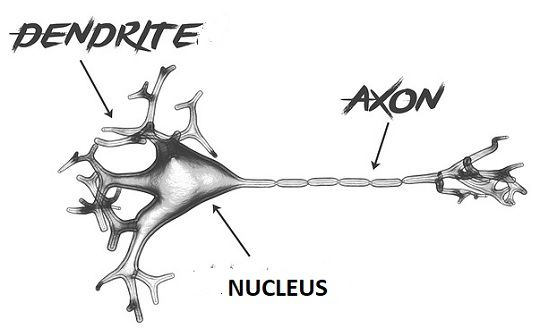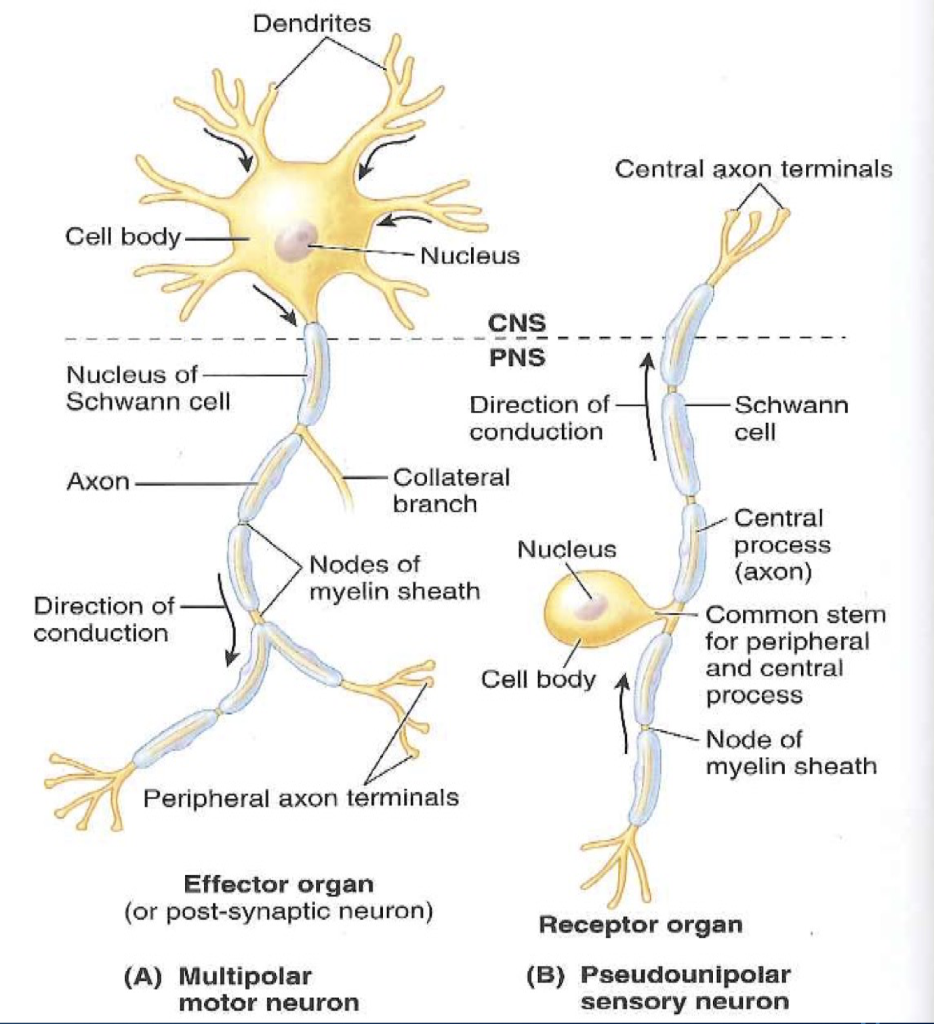
Emerging evidence suggest that the unique cytoskeleton organization in the axon is essential for its structure and integrity. Alterations during the constituent phases of the circuits are linked to the pathogenesis of neurodevelopmental disorders and neurodegenerative pathologies. Since these processes are the basis of the formation of neural networks, there is considerable interest in this aspect of neuroscience. The cytoskeleton plays a fundamental role in the processes of axon growth and guidance. Image: Fluorescence image of gonadotropin-releasing hormone expressing neurons ie cells in the brain that control the release of reproductive hormones from the pituitary (blue) with elements of their cellular cytoskeletons shown in red and green. Īxonal Cytoskeleton Īn important axonal structural element is the architecture of the cytoskeleton. There are two types of axonal transport, a centrifugal transport from the soma to the synaptic terminal and a retrograde transport that specializes in carrying molecules from the nerve terminal to the soma. Approximately, a volume of cytoplasmic constituents equal to three times the volume of the cell body is transported daily along the axon. In addition to the continuous exchange of the structural constituents of the axon, axonic flow is necessary to continuously supply the synapses of neurotransmitters and enzymes for their synthesis and degradation. Metabolic demands of the axon involve a continuous movement from the cell body along the axon to its endings (of proteins, enzymes, chemical transmitters, synaptic vesicles, monomeric subunits of neurofilaments, and membrane components). Axonal transport is an energy-dependent process that involves microtubules and the microtubule-based motor proteins, the dyneins and kinesins. The axon is devoid of the apparatus for protein synthesis and therefore is under the control of the cell body. The axonal transport is of fundamental importance for the development, maintenance, survival, and functioning of neurons. Dendrites usually receive signals, while axons typically transmit them. 
Differences also affect the membrane as it contains mostly voltage-gated ion channels in axons, whereas ligand-gated ion channels are present, especially in dendrites. Eg only dendrites contain rough endoplasmic reticulum and ribosomes, and the structure of the cytoskeleton is different. Substantial structural differences exist between dendrites and axons. Dendrites are limited to a small region around the cell body while axons can be much longer Dendrites are usually thin while axons typically maintain a constant radius Axons are distinguished from dendrites by several characteristics including: The axon is one of two types of protoplasmic protrusions of the neuronal soma. For this reason, myelin is mostly found in neurons that connect different brain regions, rather than in the neurons whose axons remain in the local region. Myelin acts as a form of insulation for axons, helping to send their signals over long distances. Some axons are encased in a fatty substance called myelin (the brain’s white matter).

These collaterals, like tree roots, split into smaller extensions called terminal branches, with a synaptic terminal on the tip. An axon typically develops side branches called axon collaterals, so that one neuron can send information to several others.Axons greatly vary in length - many are just a millimetre or so, but the longest ones, such as those that go from the brain down the spinal cord, can extend for more than a metre.

In size, the axon may represent over 95% of the total volume of the neurone.Several times thinner than a human hair an axon is where electrical impulses from the neuron travel away to be received by other neurons. Each neuron in your brain has an axon that snakes away from the main part of the cell. Axons are the elongated portion of the neurone located in the centre of the cell between the soma and axon terminals.







 0 kommentar(er)
0 kommentar(er)
